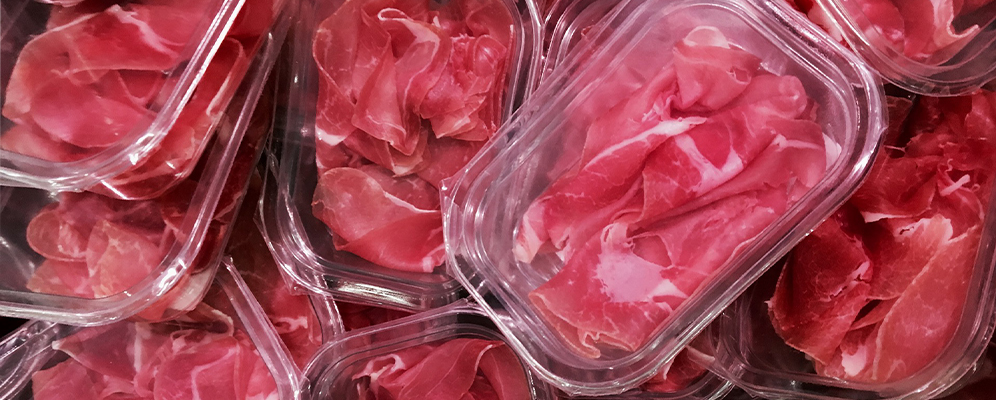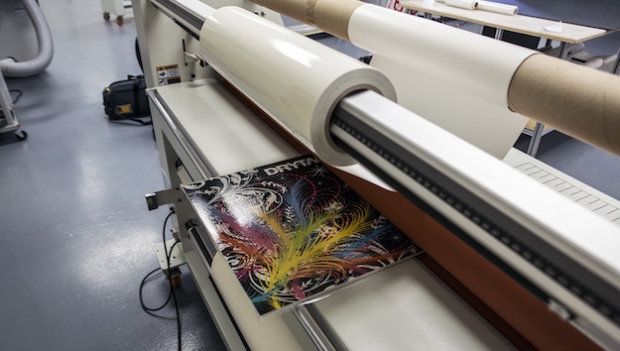
Antimicrobial Packaging: The Future of Freshness and Safety
Ever grabbed a pack of fresh berries only to find them covered in mold a day later? Or worried about how clean your packaged meat really is? We’ve all been there. But what if your packaging could actually fight bacteria and keep your food fresher for longer? That’s exactly what antimicrobial packaging is designed to do!
So, What is Antimicrobial Packaging?
In simple terms, antimicrobial packaging is packaging that actively fights bacteria, fungi, and other germs to help food last longer and stay safer. Instead of just wrapping and protecting food, this packaging actually works to slow down spoilage and prevent contamination.
It’s kind of like a superhero suit for your food—only instead of battling villains, it’s fighting off invisible threats like E. coli, Salmonella, and mold.
How Does It Work?
There are a few different ways antimicrobial packaging does its magic:
- Silver Power: Some packaging is coated with silver nanoparticles, which release tiny ions that kill bacteria on contact. Sounds fancy, but silver has actually been used as a natural germ-fighter for centuries!
- Essential Oils: Ever heard that oregano and cinnamon have antibacterial properties? Some packaging now includes natural extracts to help keep food fresh without chemicals.
- Enzyme Barriers: Special enzymes break down bacteria before they have a chance to grow and multiply.
- UV-Activated Films: These high-tech packaging materials kill bacteria when exposed to UV light, giving an extra layer of protection.
Cool Real-Life Examples
This isn’t just some futuristic concept—it’s already happening! Here are some real examples of antimicrobial packaging in action:
1. Meat Packaging That Fights Bacteria
Ever worried about bacteria on raw meat? Some companies are now using packaging with silver nanoparticles to slow down bacterial growth and keep meat fresh longer. This means less waste, safer food, and fewer recalls due to contamination.
2. Milk Bottles That Keep Milk Fresher
Researchers have developed special antimicrobial milk bottles that prevent bacteria from growing inside the bottle. The result? Milk that lasts longer without needing tons of preservatives!
3. Mold-Resistant Fruit Wrappers
No more throwing away moldy strawberries! Some packaging now uses chitosan (a natural compound from shrimp shells) to prevent fungi and mold from ruining fresh produce.
4. Sterile Medical Packaging
It’s not just for food! Antimicrobial packaging is also used in healthcare, keeping surgical tools and medical devices bacteria-free until they’re ready to use.
Why Should We Care?
This technology isn’t just cool—it’s actually making a difference in how we store and protect our food. Here’s why it matters:
✅ Keeps Food Fresh Longer – Say goodbye to spoiled groceries!
✅ Reduces Food Waste – Less waste means more savings and a happier planet.
✅ Improves Food Safety – Cuts down the risk of foodborne illnesses.
✅ Better for the Environment – Many antimicrobial materials are biodegradable or compostable, reducing plastic waste.
The Future of Antimicrobial Packaging
The best part? We’re just getting started. Scientists are working on self-cleaning packaging, color-changing labels that warn you when food is going bad, and fully biodegradable antimicrobial wraps.
Imagine a world where your food stays fresher longer, with less waste and fewer chemicals. That’s the future antimicrobial packaging is creating!







